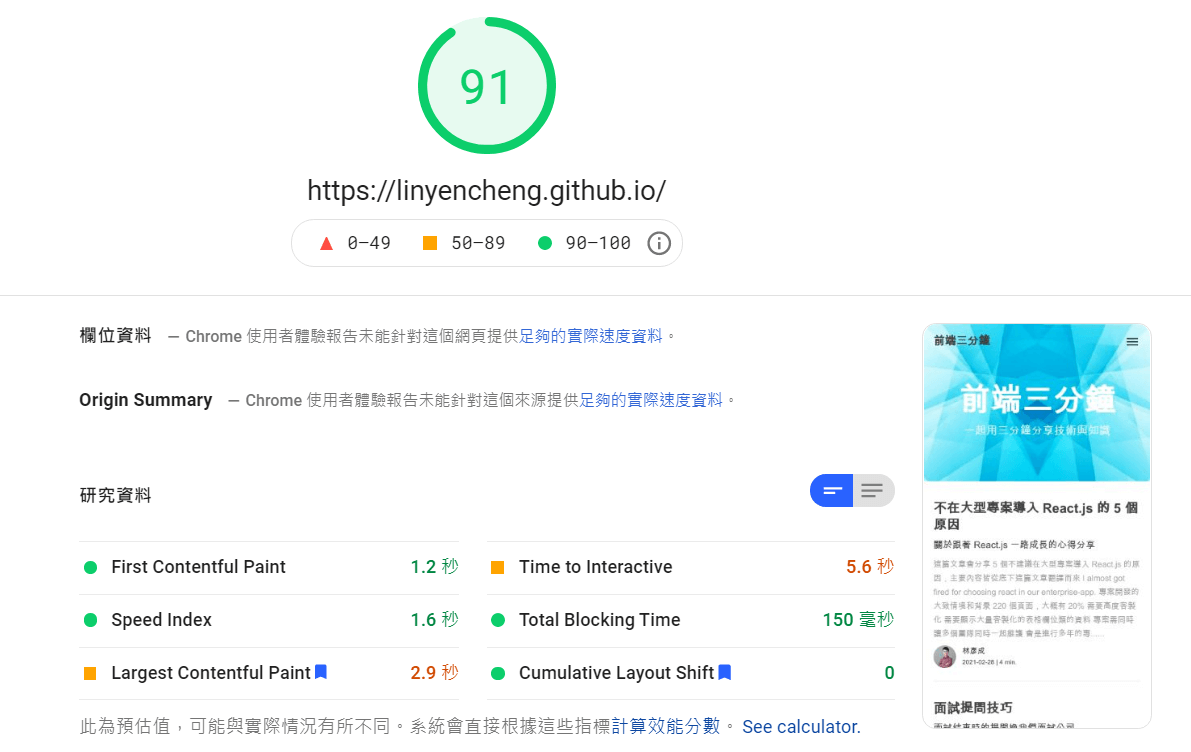上一篇文章介紹過了優化語法的四種結構型設計模式,這篇文章主要會從優化程式碼結構的幾種 Pattern 開始介紹
接下來會繼續從優化程式碼結構的四種結構型設計模式開始介紹
- Adapter Pattern
- Bridge Pattern
- Facade Pattern
- Flyweight Pattern
Design Patterns 依照目的分成三群:
- Creational Patterns 創建型
- Structural Patterns 結構型,結構型設計模式根據實際情況會分成三種:
- Behavioural Patterns 行為型
Adapter Pattern
在這個範例中,有兩個介面
- MotorcycleFactory 代表原有的機車工廠
- NewMotorcycleFactory 代表新的機車工廠
新的機車工廠的製造方式不同 (produce -> create),所以透過 NewMotorcycleFactoryAdapter 多轉一層,讓原有的程式在不改變寫法的情況下,可以使用新的機車工廠物件 (新的方法) 去製造機車。
// 機車工廠原有的介面
class MotorcycleFactory {
constructor(name) {
this.name = name;
}
produce() {
console.log(`${this.name} 生產了一輛機車`);
}
}
// 新增的介面
class NewMotorcycleFactory {
constructor(name) {
this.name = name;
}
create() {
console.log(`${this.name} 創建了一輛機車`);
}
}
// Adapter
class NewMotorcycleFactoryAdapter extends MotorcycleFactory {
constructor(newMotorcycleFactory) {
super(newMotorcycleFactory.name);
this.newMotorcycleFactory = newMotorcycleFactory;
}
produce() {
return this.newMotorcycleFactory.create();
}
}
// 使用
let newMotorcycleFactory = new NewMotorcycleFactory("新機車工廠");
let adapter = new NewMotorcycleFactoryAdapter(newMotorcycleFactory);
adapter.produce();Bridge Pattern
假設你想要生產機車,會需要像是引擎跟底盤等等屬性。
當如果要增加引擎、底盤的種類來組出新款機車,就需要 Bridge pattern,讓機車實作後只需要呼叫 Bridge 介面的方法即可。
總結來說,Bridge pattern 可以幫助你在物件的實作和介面之間建立 Bridge 關係,讓你可以更靈活地應對系統的變化。
class SportBikeEngine {
start() {
console.log("Starting sport bike engine...");
}
}
class CruiserEngine {
start() {
console.log("Starting cruiser engine...");
}
}
class SportBikeChassis {
ride() {
console.log("Riding sport bike chassis...");
}
}
class CruiserChassis {
ride() {
console.log("Riding cruiser chassis...");
}
}
// Motorcycle Abstraction
class Motorcycle {
constructor(brand, engineType, chassisType) {
this.brand = brand;
this.engineType = engineType;
this.chassisType = chassisType;
}
start() {
this.engineType.start();
}
ride() {
this.chassisType.ride();
}
}
class BridgeBike extends Motorcycle {
constructor(brand, engineType, chassisType) {
super(brand, engineType, chassisType);
}
riding() {
this.ride();
}
}
// Usage
const sportBikeEngine = new SportBikeEngine();
const cruiserEngine = new CruiserEngine();
const sportBikeChassis = new SportBikeChassis();
const cruiserChassis = new CruiserChassis();
const sportBike = new BridgeBike("Honda", sportBikeEngine, sportBikeChassis);
const cruiser = new BridgeBike("SYM", cruiserEngine, cruiserChassis);
const mixedMotor = new BridgeBike("Custom", sportBikeEngine, cruiserChassis);
sportBike.start();
sportBike.riding();
cruiser.start();
cruiser.riding();
mixedMotor.start();
mixedMotor.riding();Facade Pattern
你各位知道嗎?! React 最常用的竟然用的就是 Facade Pattern!
是把一堆難懂的東西,包裝成一個簡單易懂的東西,讓使用者用起來更方便。
以單純的 JavaScript 範例來說,Google Map API 就是一個 Facade Pattern,透過一個 Map 物件把複雜的圖層與地理資訊操作封裝起來。
let map;
function initMap() {
map = new google.maps.Map(document.getElementById("map"), {
center: { lat: -34.397, lng: 150.644 },
zoom: 8,
});
}
window.initMap = initMap;React 的元件跟 Hooks 也是異曲同工之妙,useSWR 來說就封裝了 data、error、loading 的邏輯。
而元件則是把實作都包裝在元件中,我們只需要關注傳入的 props 就可以運用元件。
const { data, error, isLoading } = useSWR("/api/user", fetcher);
<BreadCrumb model={items} home={home} />;Flyweight Pattern
當需要大量創建相同或類似的物件時,可以使用 Flyweight Pattern 模式,讓這些物件共用一個記憶體空間,從而減少記憶體的使用量。
其實也就是之前提到的單體模式的延伸
class Motorcycle {
constructor(brand, model, color) {
if (instance) return instance;
if (!instance) {
this.brand = brand;
this.model = model;
this.color = color;
instance = this;
}
}
}可以進一步的建立機車工廠來做一個 Flyweight Pattern
const MotorcycleFactory = (function () {
const motorcyclePool = {};
function getMotorcycle(brand, model, color) {
const key = brand + model + color;
if (!motorcyclePool[key]) {
motorcyclePool[key] = new Motorcycle(brand, model, color);
}
return motorcyclePool[key];
}
return {
getMotorcycle: getMotorcycle,
};
})();
const motorcycle1 = MotorcycleFactory.getMotorcycle("Yamaha", "NMAX", "Black");
const motorcycle2 = MotorcycleFactory.getMotorcycle("Honda", "PCX", "Red");
const motorcycle3 = MotorcycleFactory.getMotorcycle("Yamaha", "NMAX", "Black");喜歡這篇文章,請幫忙拍拍手喔 🤣

